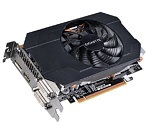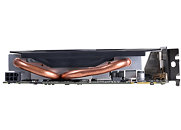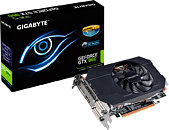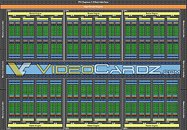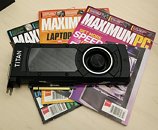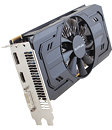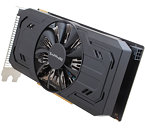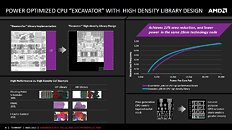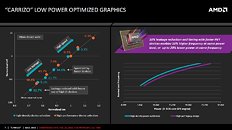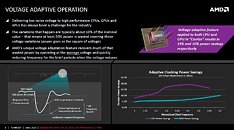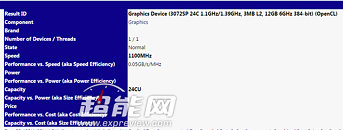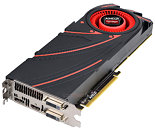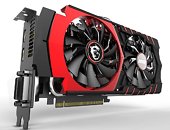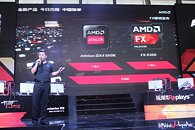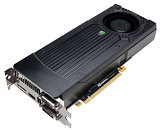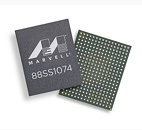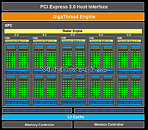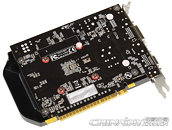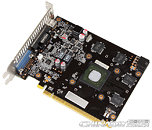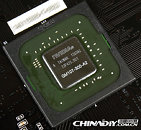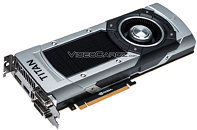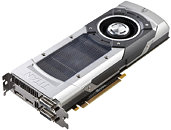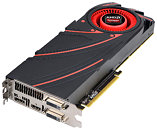
GIGABYTE Intros its GeForce GTX 960 ITX Graphics Card
GIGABYTE rolled out its latest GeForce GTX 960, designed for space-constrained builds, the GV-N960IX-2GD. This full-height graphics card is just 18.1 cm long, and should squeeze into most compact cubical ITX cases. It features a custom-design PCB that draws power from a single 6-pin PCIe power connector; mated to a compact single-fan cooling solution, which uses a single 90 mm fan to ventilate a dense aluminium fin heatsink, to which heat drawn directly from the GPU die is fed by a pair of 8 mm thick copper heat pipes.
The card offers out of the box clock speeds of 1127 MHz core, 1178 MHz GPU Boost, and 7.00 GHz memory (all reference), and features 2 GB of GDDR5 memory across the chip's 128-bit wide memory interface. Display outputs include a pair of dual-link DVI connectors, and one each of HDMI 2.0 and DisplayPort 1.2. Based on the 28 nm GM206 silicon, the GeForce GTX 960 features 1,024 CUDA cores based on the "Maxwell" architecture. The company didn't announce pricing or availability information.
The card offers out of the box clock speeds of 1127 MHz core, 1178 MHz GPU Boost, and 7.00 GHz memory (all reference), and features 2 GB of GDDR5 memory across the chip's 128-bit wide memory interface. Display outputs include a pair of dual-link DVI connectors, and one each of HDMI 2.0 and DisplayPort 1.2. Based on the 28 nm GM206 silicon, the GeForce GTX 960 features 1,024 CUDA cores based on the "Maxwell" architecture. The company didn't announce pricing or availability information.
